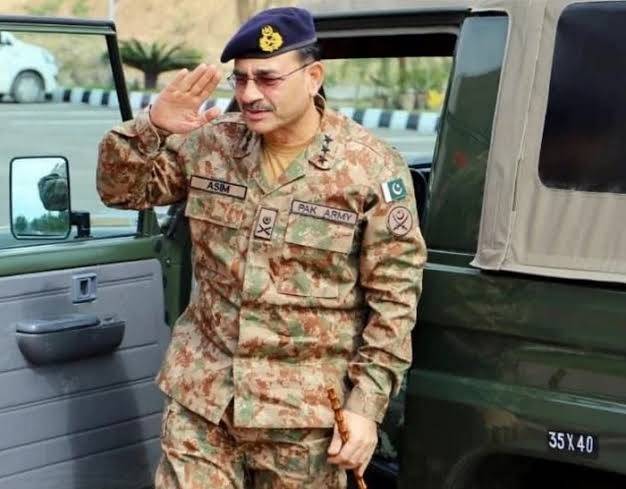Pakistan Army Chief hints to get $20 billion for boosting foreign exchange reserves
Shares

During a lengthy four-hour meeting held on Saturday, the Chief of the Army Staff engaged in discussions with approximately 50 businessmen. Within this meeting, the army chief conveyed an important message regarding his recent visit to Saudi Arabia. Specifically, he made it clear to Mohammad Bin Salman that his visit was not centered around securing a mere $1-2 billion investment for Pakistan.
In response to this, the Saudi prince extended a generous promise. He assured the army chief of a substantial investment of $25 billion into Pakistan. This investment was to be facilitated through the Special Investment Facilitation Council (SIFC), with the primary goal of attracting capital into the agricultural sector. The offer included provisions such as land allocation and export support.
Furthermore, it was revealed by inside sources that the army chief had strategically requested the Saudi prince to allocate $10 billion of this investment towards addressing Pakistan's foreign exchange challenges. An intriguing aspect of this request was that it would be repaid in Pakistani rupees, thus potentially alleviating foreign exchange pressure.
The meeting in the United Arab Emirates also played a pivotal role in securing economic support. During this encounter, the army chief appealed to the UAE ruler for a $10 billion contribution to bolster foreign exchange reserves. Reportedly, the UAE ruler responded affirmatively to this request. Additionally, the UAE ruler expressed a willingness to invest another $25 billion in Pakistan, contingent upon the army's alignment with their objectives.
Furthermore, General Asim Munir, in his commitment to revitalize Pakistan's economy, pledged to attract investments of $25-30 billion from Qatar and Kuwait during his upcoming visit. His ambitious vision encompasses a total influx of $75-100 billion in investments from Saudi Arabia, the UAE, Qatar, and Kuwait, signifying a significant potential boost to Pakistan's economic landscape
